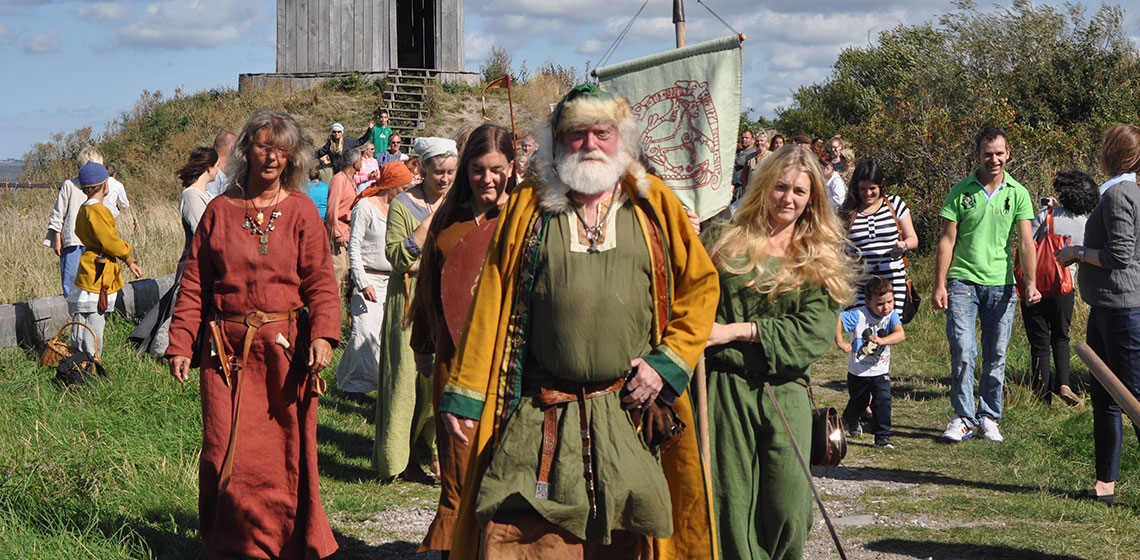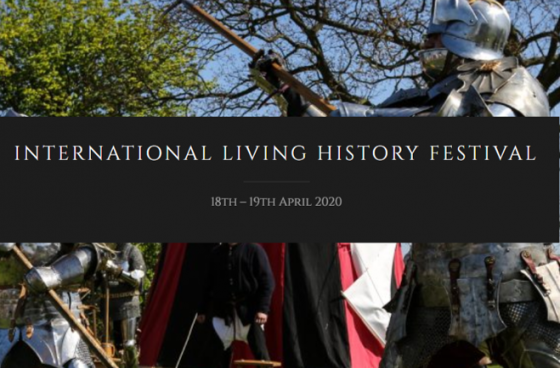The Rõuge ancient farm project (Rõuge Muinastalu) was initiated in 2010 by Viire Kobrusepp and managed by her until 2016. In her Master’s thesis, Viire concentrated her research on an archaeological Iron Age building experiment that saw the construction of a Viking era dwelling house using ancient building techniques.
This was followed by a living experiment. Other buildings followed the construction of the dwelling: a granary, a smithy, a summer kitchen and a barn. When building the reconstructions, archaeological examples were used for the building layouts and ethnographical sources for the different roof designs. The hillfort and settlement site of Rõuge, located only 100 m away from the site, serves as a major source of information as it has been thoroughly excavated.








